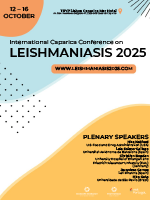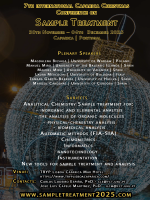Therapeutic potential of autologous bone marrow mononuclear cells preconditioned with Erythropoietin implantation in laser channels in patients with Cardiac arteria disease
DOI: 10.5584/jiomics.v9i1.258
Abstract
The problem of incomplete myocardial revascularization for diffuse and distal lesions of the myocardium is still relevant. We assessed the clinical and instrumental long-term results of autologous bone marrow mononuclear cell (BM-MNCs) implantation in laser channels in ischemic heart disease with diffuse and distal coronary disease. In 2015-2018, 50 ischemic heart disease patients with diffuse and distal coronary arterial disease during coronary artery bypass grafting (CABG) underwent BM-MNCs short-term pre-treated with Erythropoietin implantation in laser channels (BM-MNCs group) and in 50 patients only CABG was done in the clinic of National Medical Research Center n.a. E.N. Meshalkin (Novosibirsk, Russia). Therapeutic potential of pre-treated BM-MNCs with Erythropoietin implantation was carried out at two weeks, six and twelfth months after surgery. Changes on morphofunctional properties of BM-MNCs after pre-treatment with Erythropoietin was carried out on basis phenotype, cell cycle, cell death, proliferation, migration, tube formation and cytokine production. In this study, we observed the presence in cellular graft of the hematopoietic stem cells (HSCs), and endothelial progenitor cells (EPCs) at the different stage of maturation/differentiation, and mesenchymal stem cells (MSCs). Precondition BM-MNCs with Erythropoietin increased number of HSCs carrying erythropoietin receptor (EpoR), and EPCs carrying CD184. Also, Epo detained СВ34+ cells in a rest phase of cell cycle (G0G1). Condition media from BM-MNCs treated with Erythropoietin augment tube formation and wound healing by EA.hy 929. After six months postoperatively, the severity of angina and heart failure based NYHA functional class (NYHA FC) was significantly less in the BM-MNCs group than in control group (p=0.04). according to perfusion scintigraphy, there was a slight decrease of stable perfusion defects (SPD) in the early postoperative period. Left ventricular ejection fraction in BM-MNCs group have tendency to increase six months after treatment.









